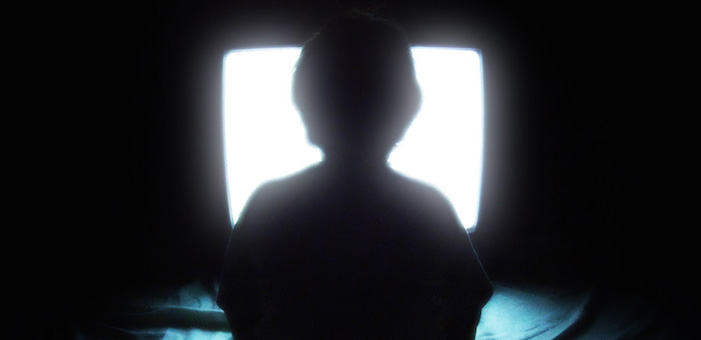Columbia Journalism Review Reports on How News Outlets and Audiences Deal with Graphic Imagery
WITNESS Program Director, Sam Gregory, recently participated in a panel discussion about how news outlets and audiences are dealing with increased access to graphic footage via our digital, social interactions.
The Columbia Journalism Review reported on the panel:
Viewers have more opportunities—some of them unavoidable—to stumble onto graphic content. This shift demands serious attention from news organizations. That’s compounded by the potential for psychological harm to journalists, whose jobs require them to work, sometimes extensively, with traumatic material. The answers aren’t simple, but the problems are clear.
CJR recapped comments from the four panel experts and concluded with Sam’s comments:
People who are not professional journalists upload much of this content, Gregory says. It’s unmediated and free to stream across the internet. A major problem arises when these images jump outside their original context. Not only does that practice open the door to resharing false information, but it transports graphic material that had a specific purpose: to energize, enrage, or educate a particular community. “We see it in front of us, and we’re like, ‘Wow, that is horrendous,’ and often we’re missing the context around it,” he says. “I think that’s part of why we’re feeling confronted now.”
Read more about WITNESS’ perspective on when and how to share graphic imagery and how to contextualize it.
For journalists and human rights advocates, check out our new resource “Ethical Guidelines: Using Eyewitness Videos in Human Rights Reporting & Advocacy.”
Featured image via CJR.

